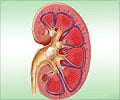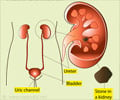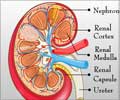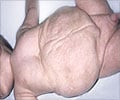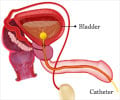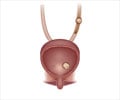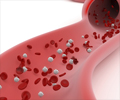About
Other Names: Kidney Stones / Renal Stones / Bladder Stones / Ureteric Stones Nephrolithiasis
Ask people who have suffered from kidney stones or urinary stones and they will tell you how excruciating the pain can be!
A urinary stone is a hard, crystalline structure composed of minerals, formed within the urinary tract. This condition is referred to as urolithiasis. When the stones are found within the kidney, they are known as kidney stones or renal calculi, and the condition is known as nephrolithiasis.

One out of every 20 people develop urinary stones during their lifetime. Commonly, kidney stones contain calcium in combination with either oxalate or phosphate. Other chemicals that form stones include uric acid and the amino acid cystine.
Stones in the urinary tract usually form in the kidney and migrate down the ureter (a narrow pipe that connects kidney to the bladder) and pass into the bladder. Small stones pass from the bladder to the outside. Some stones get stuck in their migratory path due the narrow sections of the urinary passage – this usually happens at a few points in the ureter or in the urethra (the pipe-like structure that connects the bladder to the outside. In children, stones may form in the bladder sometimes, due to malnutrition
Men are more prone to develop kidney stones in comparison to women and Caucasians have a greater propensity for stone development when compared to Blacks. People with a family history of urinary stones appear to be predisposed to forming kidney stones.
The predisposition towards developing kidney stones increases during middle age and steadily accelerates with age.
Many people with undetected kidney stones are startled to find blood in their urine, which is a very common symptom of kidney stones. Stones often cause intense pain in the regions of the abdomen, flank, or groin. If the pain radiates from the loin to the groin region it means that the stone is migrating down from the kidney towards the bladder. One may experience pain towards the end of passing urine or there maybe an intense desire to pass urine but without much of it being passed out ( this symptom is called strangury).
Kidney or urinary stones can be diagnosed by the severity of the symptoms they produce and by physical examination. The diagnosis can be further confirmed by imaging studies.
Most often, stones can be flushed out by drinking plenty of water but if the stones are too large then endoscopic surgical intervention maybe required. It is vital to analyze the nature of the stone in order to prevent stone formation in the future.
Acute episodes may require hospitalizations and a wait and watch policy is often used if the stones are small. However if the pain is persistent, or if there is fever and an ultrasound indicates swelling of the kidney, an early intervention helps to get rid of the stones. Some stones can be treated on a out-patient basis, using a machine called the lithotripter or ESWL. The choice of the technique to be used is usually decided by a specialist known as the Urologist.
Making changes in lifestyle and diet can help to manage stone formation to a lesser extent.

